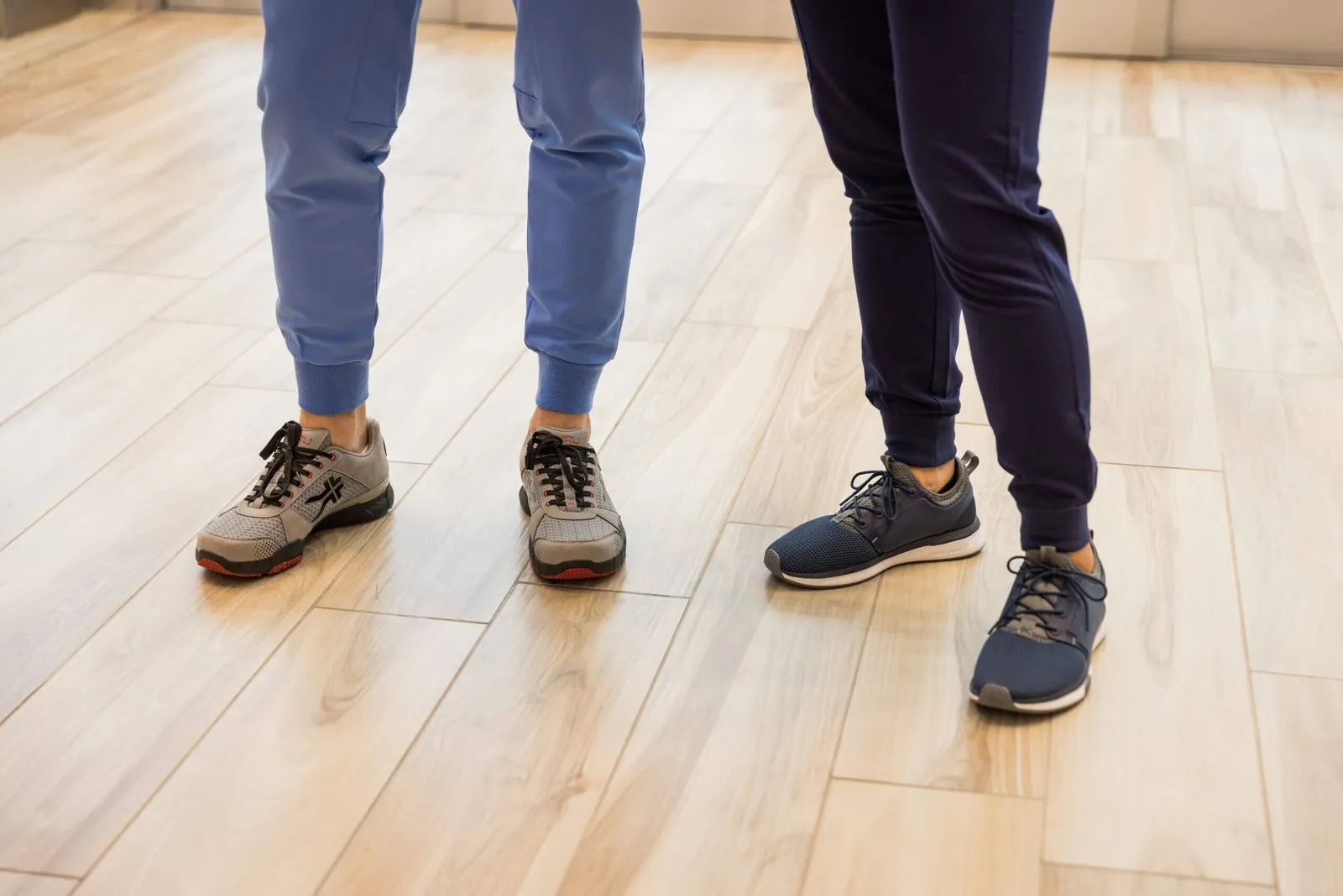Footwear plays a pivotal role in managing Morton’s neuroma, a condition characterized by discomfort in the forefoot area. Wearing poorly fitted or inappropriate shoes can exacerbate the condition, making it crucial to select footwear that provides support and alleviates pressure on the affected area.
Understanding Morton’s Neuroma and Footwear
Morton’s neuroma is often exacerbated by footwear that contributes to forefoot overloading, particularly in women. Factors such as high heels with narrow toe boxes can lead to the overlapping of metatarsal bones, causing nerve entrapment and neuroma formation. Anatomical characteristics like low ball-heel ratio, high toe height, poor arch support, and biomechanical imbalances can further increase the risk.
Recommended Footwear for Morton’s Neuroma
Research suggests that choosing the right footwear can reduce the risk of developing Morton’s neuroma and alleviate associated discomfort. Here are some key considerations:
Avoid Risky Footwear Styles:
- High heels exceeding 2.5 inches, especially pencil heels
- Narrow toe boxes
- Worn-out soles or inadequate padding
- Ill-fitting shoes
Opt for Supportive Shoes:
- Look for shoes with proper arch support to offset pressure and strain.
- Ensure a proper fit, considering differences in foot size and width.
- Wide-toe box shoes help prevent metatarsal bone overlapping.
- Choose very low or zero-drop shoes to alleviate pressure on the ball of the foot.
Consider Custom Orthotics:
- Customized orthotics can correct stance and gait issues and provide cushioning to inflamed tissues.
Prioritize Adjustability:
- Shoes with adjustable fittings, like laces or straps, offer personalized comfort.
Replace Worn-Out Shoes:
- Discard old shoes with worn heels and treads to prevent exacerbating the condition.
Benefits of Proper Footwear
Clinical studies have shown that wearing appropriate footwear can help manage Morton’s neuroma pain, especially in its early or moderate stages. Correct shoes not only alleviate discomfort but also aid in preventing and managing other foot conditions such as calluses, hammer toes, heel spurs, bunions, metatarsalgia, plantar fasciitis, and pronation.
Conclusion
Choosing the right footwear is essential for individuals with Morton’s neuroma to alleviate discomfort and prevent further complications. By prioritizing support, comfort, and proper fit, individuals can effectively manage their condition and improve their overall foot health. Remember, while shoes are instrumental, they should complement conservative treatments or procedures recommended by healthcare professionals for optimal results.
